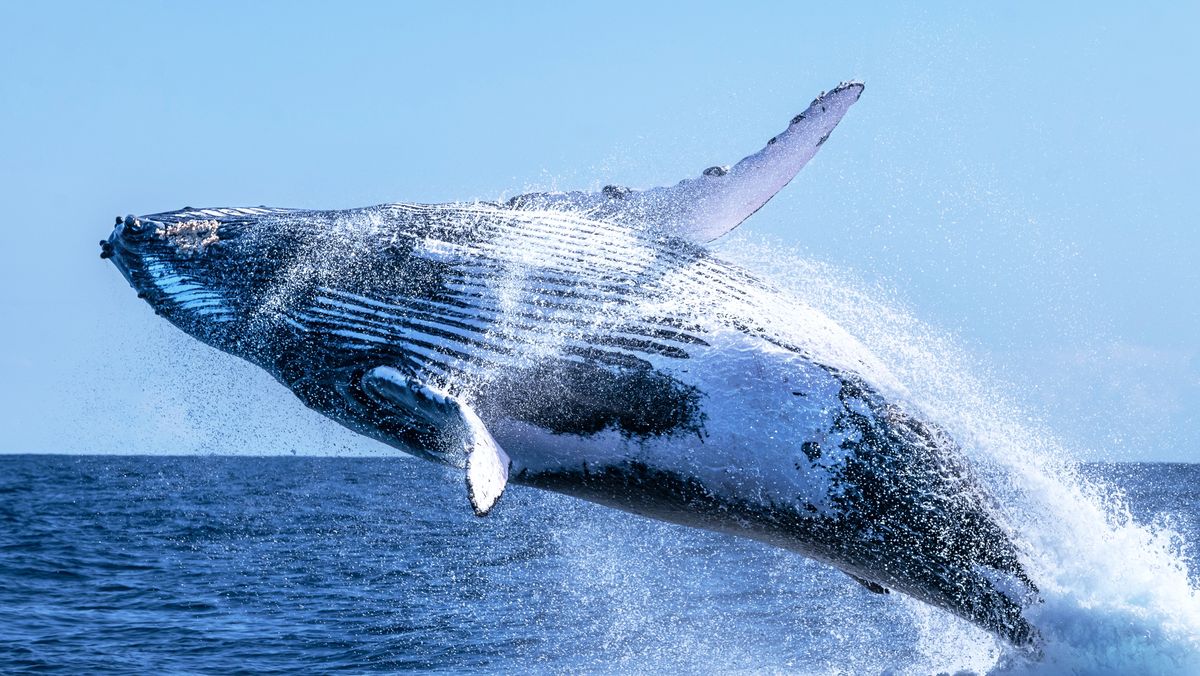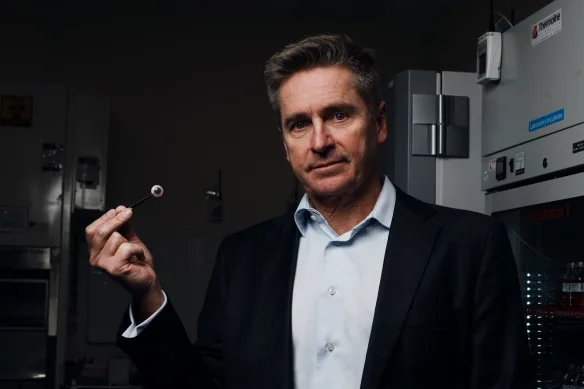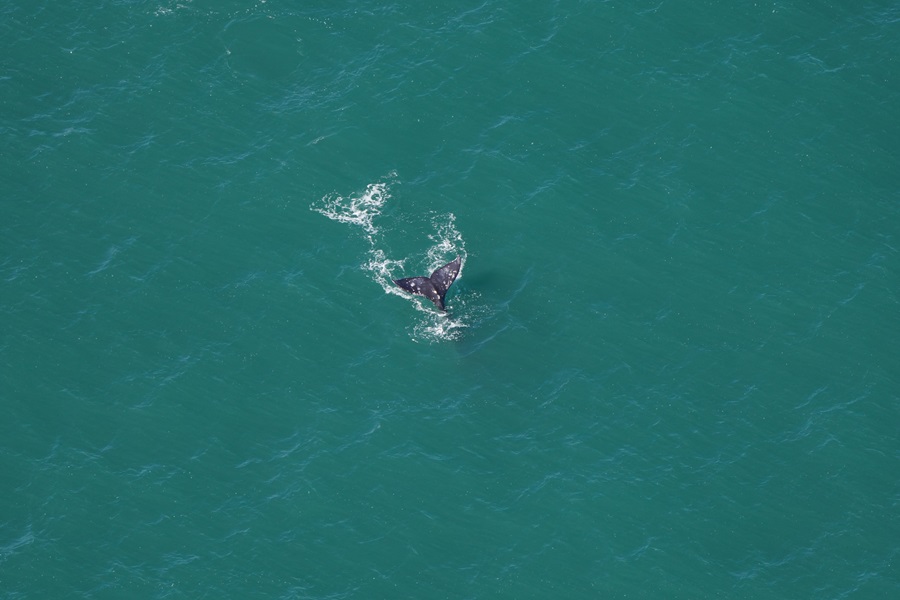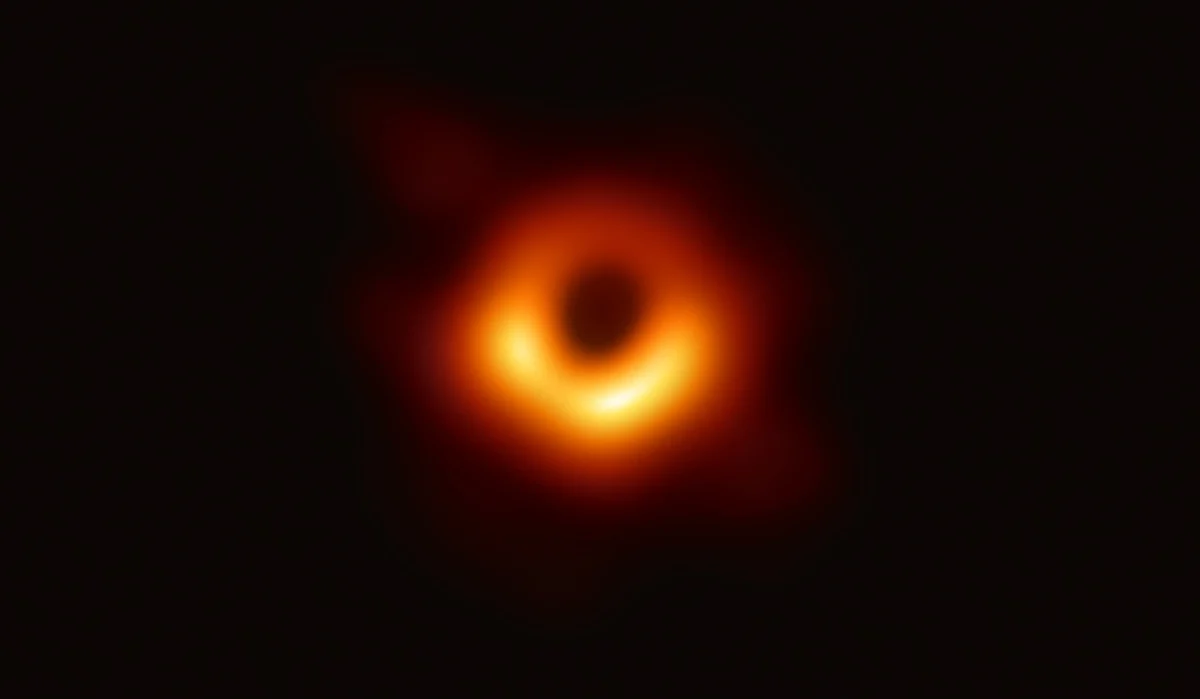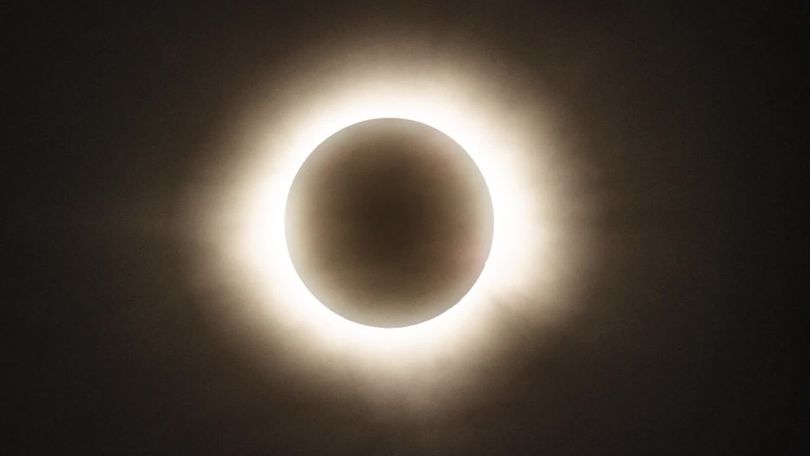Just recently a new picture of a supermassive black hole that is located in the M87 galaxy just came out for everyone to see. This image looks very similar to the picture captured in 2019. The only difference that scientists have been able to see is that the black hole has shifted 30 degrees counterclockwise. `The most likely reason for this is because the materials that get sucked into the black hole move around in the black hole’s accretion disk while it gets consumed.
Most of the aspects of the black hole have not changed. The bright orange ring and the black hole’s shadow look almost the same. This image helps scientists confirm that the M87’s black hole is the same type predicted by Einstein’s general theory about relatively and not some more exotic or unexpected variety.
Even though these results are almost identical to the images in 2019 “In science, it’s always really important to do the same or similar experiments multiple times,” says Medeiros, an astrophysicist at Princeton University. “It helps make sure you’re not fooling yourself, and that your results are reproducible.”
Medeiros is part of an international project called the Event Horizon Telescope or EHT. They use a network of radio telescopes around the Earth to get closer looks at the M87’s black hole which is about 55 million light years from Earth. All the other pictures from the EHT including some images of black holes from our galaxy were all taken in 2017. This picture is the first one taken in 2018 (it takes the data a while to all come together and give us a clear picture.)
The first couple of images from 2017 look a lot like the new picture, but when you incorporate data from the pictures taken in 2018, the picture gets a lot clearer. Now EHT wants to add more telescopes to the project to get more and more data about this black hole. Like make the images even more clear and even see more black holes in other galaxies.
Last month the team sent $73 million to the National Science Foundation. With their help, they’ll be able to build next-generation EHT tech. This calls for four nine-meter radio dishes in different locations including Wyoming, the Canary Islands, Chile, and Mexico. With this technology, EHT may be able to find more black holes and even more information that we already have on black holes.








